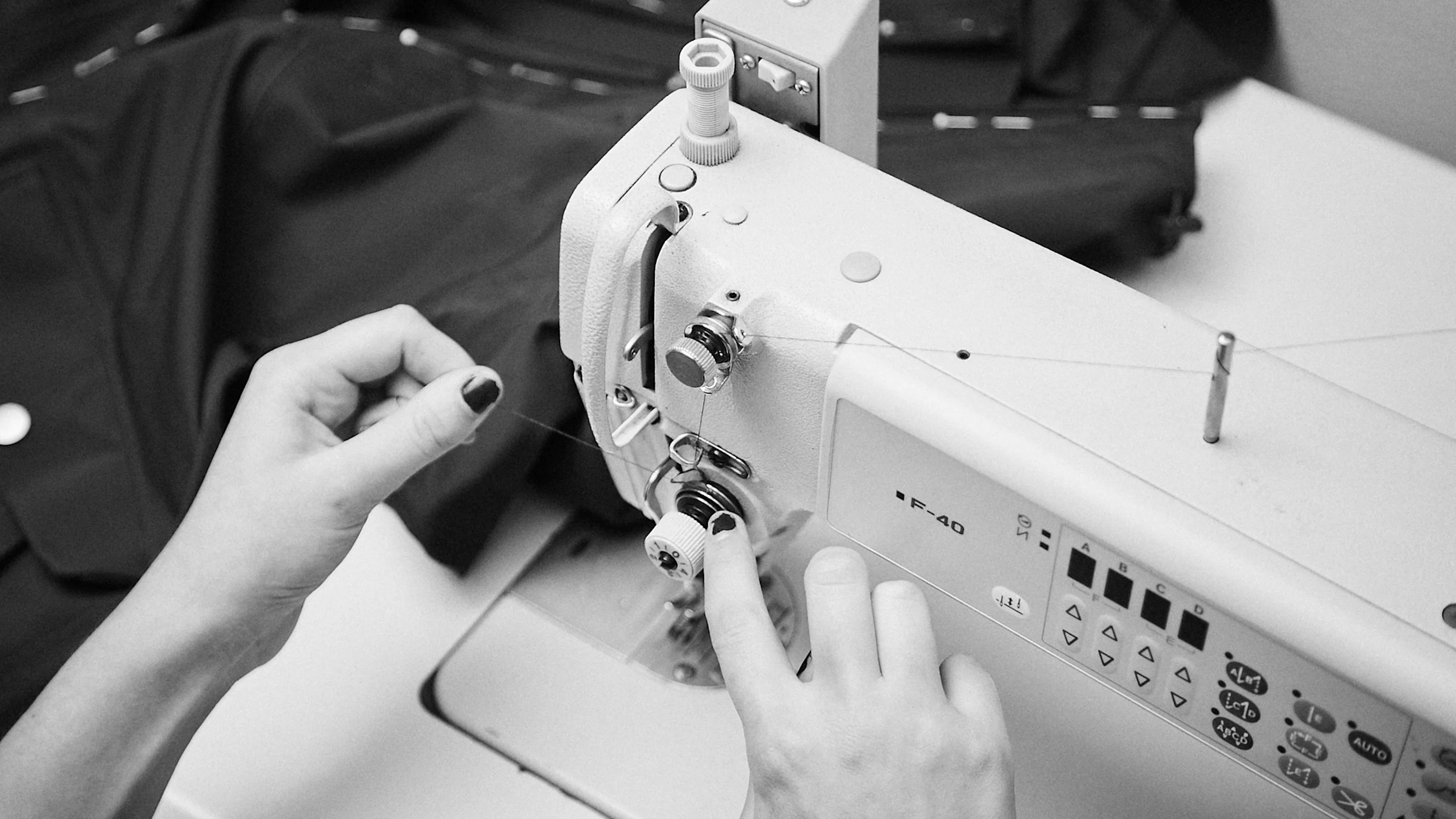
November 2022
The dangers of discounting.
Seasonal sales have for long been an integral part of the clothing industry. But in recent years, there has been a trend of more and more frequent discounting. This has created a pattern of producing items just to sell them at lower price, which brings many social and environmental perils. Selling clothing at a fair price without driving excessive consumption has become a delicate balancing act – and the clothing industry has reached a tipping point that is leaning in the wrong direction.
Haglöfs has two sales periods every year: spring/summer season and fall/winter season. Before each sales period, a lot of work is put into forecasting demand and preparing production accordingly to only produce as much as needed. If, despite this effort, products are unsold towards the end of the season, Haglöfs believes it’s better to offer them to the consumers at a lower price than to discard them.
“The largest part of our environmental and social impact comes from the material and production of our gear. If we end up with leftover products, we sell them through discounting or in out outlet stores to make the most of what we already have produced. That way, we prevent waste,” says Jiwon Jang, CSR manager at Haglöfs. “But we take a clear stance against producing items specifically to sell them at a discounted price. Such systematic discounting drives excessive consumption and puts downward pressure on production costs and worker salaries across the supply chain.”
Too low prices equal too low wages
Systematic discounting often revolves around days like Black Friday. Something that started as a way to reduce stock levels has turned into one of the most notorious shopping days of the year. Companies forecast massive sales, and often produce discounted products specifically for these days, with the sole aim to increase sales even more. But, when the price of an item seems too good to be true, it probably is.
The peril with systematic discounting is that it keeps prices artificially low, increasing the pressure on the supply chain to keep costs down. When producers are faced with downward price pressure, it ends up affecting labor cost and factory workers’ wages negatively. This creates cascading labor issues since workers may work excessive overtime in poor working conditions to compensate for lower salaries. Haglöfs works actively to counteract this.
“Haglöfs produces high-quality gear with a lifetime warranty, and craftmanship goes into every piece. That is reflected in our prices. We strive to work with factories that offer fair salaries and working conditions. Although we cannot set the salary levels of factory workers ourselves, we know that us lowering our prices will affect them. That is why we don’t engage in events like Black Friday. Not last year, not this year, not any year,” says Jiwon Jang.
Break the bad habit of excessive consumption
Systematic discounting is a ‘chicken or egg’ problem. Consumers buy it because companies offer it, and companies offer it because they make money out of consumers buying it. The best way to break this bad habit of excessive consumption is simply to not participate.
This does not mean that all sales and consumption are inherently bad. Buying a new jacket or a new pair of shoes may seem like simple choice, but consumers’ decisions have ripple effects. Because when a brand sells products, the brand can make a profit and invest it back into its business and reduce its environmental and social impact. Whenever Haglöfs does well, the company invests in, for example, increased usage of renewable energy in the supply chain, new factories with higher salary levels, lower impact materials, or product development to prolong the lifetime of the gear.
“We must create a culture of more mindful consumption. Not only do we need to think about which brands to buy products from, but also how we buy, use and care for the products. Everyone should ask themselves if they really need a new piece of gear. If the answer is yes, Haglöfs believes that the best choice is to buy high-quality gear, repair it when necessary and wear it throughout its whole lifetime,” concludes Jiwon Jang.